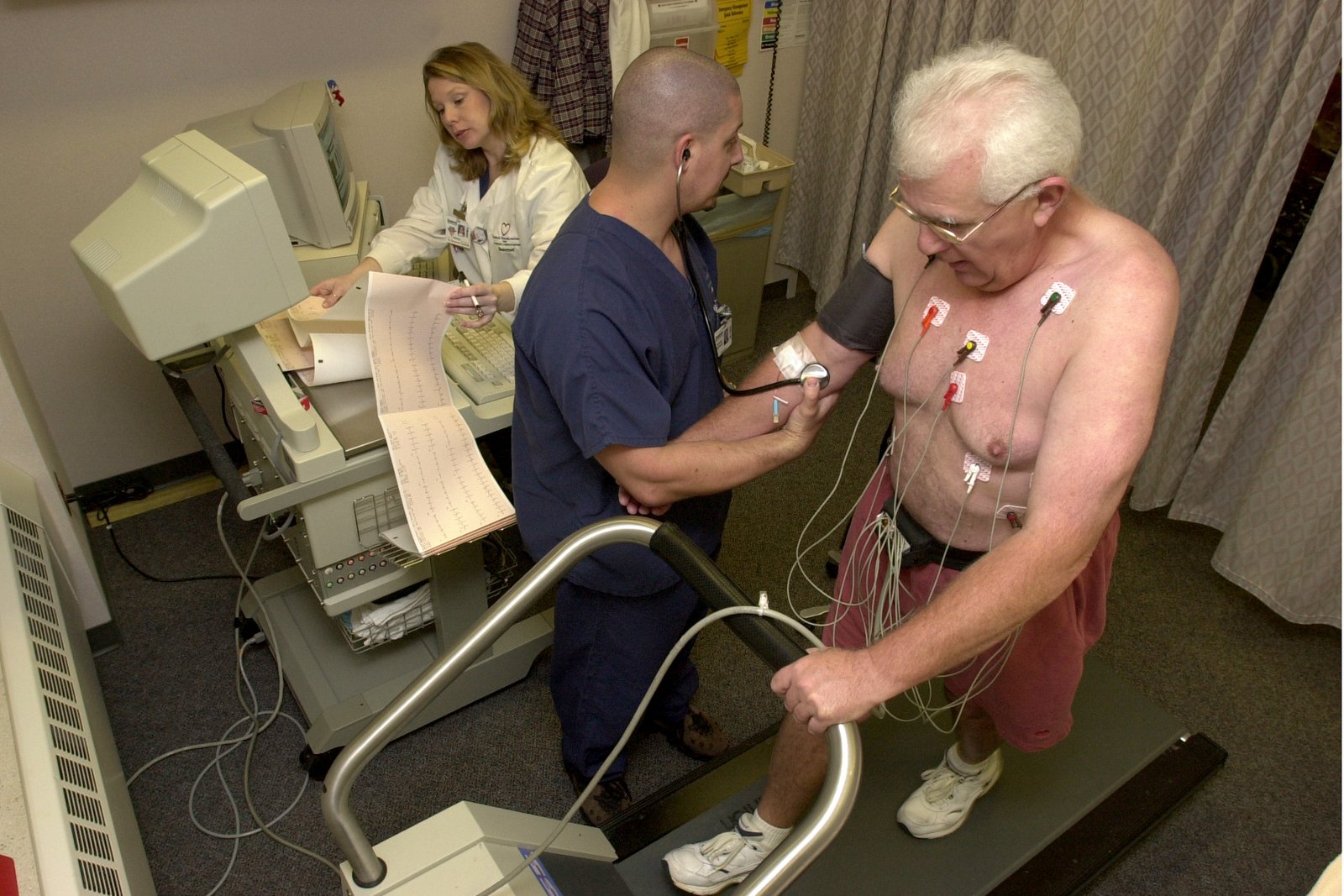The main purpose of an exercise stress test is to assist your physician in determining if your heart gets enough oxygen and appropriate blood flow when it’s most needed, which is during physical activity.
To ascertain your current state of health, particularly if you are beginning a new exercise regimen, you can also utilise an exercise stress test. This enables your physician to determine how much exercise you may safely tolerate.
Why is the Stress Test Done?
The following heart problems can be diagnosed with the aid of the tests:
- CAD, or coronary artery disease:
- Angina
- Heart arrhythmia
- Heart attack
- Disorders of the heart valves
- Heart-related disorders
Is a Stress Test Necessary For Me – Check for Symptoms
- Discomfort or soreness in the chest that has no known cause
- Breathlessness
- Irregular or fast heartbeat that could cause your chest to flutter
- Feeling lightheaded or vertigo
- To assess the health of your heart, you might also require a stress test if you:
- Possess a cardiac ailment exhibiting fresh or escalating signs.
Treadmill Test
An exercise tolerance test can help determine how safe an exercise level is for you if you have a cardiac issue or are at high risk for developing one. (Always with your doctor before beginning a new, intense workout regimen.) And make sure to wear comfortable sports shoes for women.
What Happens When You’re Under Stress?
Stress tests can be performed with or without cardiac imaging. An exercise stress test is the most popular kind of assessment.
Drugs will be administered to you via IV. For ten to twenty minutes, the medication will increase heart rate while the electrical activity of your heart is being recorded using an EKG. For any kind of stress test, medication can be utilised in place of physical activity.
- The EKG indicates a cardiac condition.
- You will be observed for ten to fifteen minutes, or until your heart rate returns to normal, following any kind of stress test.
Nuclear stress tests, cardiac (heart) MRI stress tests, and stress echocardiograms are examples of stress testing that incorporate images.
There are additional steps in these tests:
- Doppler ultrasonography is used to capture moving images of your heart during stress echocardiography, or “echo.”
- Your heart’s dimensions, form, and blood flow are depicted in the pictures. Before and after your heart has pumped the hardest, photos will be taken.
- Pictures are taken while you lie on a table before and after your heart has worked its hardest. After the test, the tracer naturally leaves your body in your urine (pee).
- Drinking lots of water will help remove it faster.
- Through an IV line inserted into your arm, a healthcare professional may inject dye into your bloodstream. Dye is used in certain, but not all, cardiac MRIs to help highlight minute details in the images.
- The equipment will make loud noises while it takes images. If you’re working out ahead of time for the treadmill test, you can work out on a treadmill next to the MRI machine, or you can work out while lying inside the machine by moving your arms and legs with specific gadgets.
Conclusion
You may receive instructions from your doctor to abstain from food and caffeine for three hours prior to the test. Additionally, you ought to refrain from smoking. If your doctor instructs you to cease taking medication before the test, you should follow their instructions.
